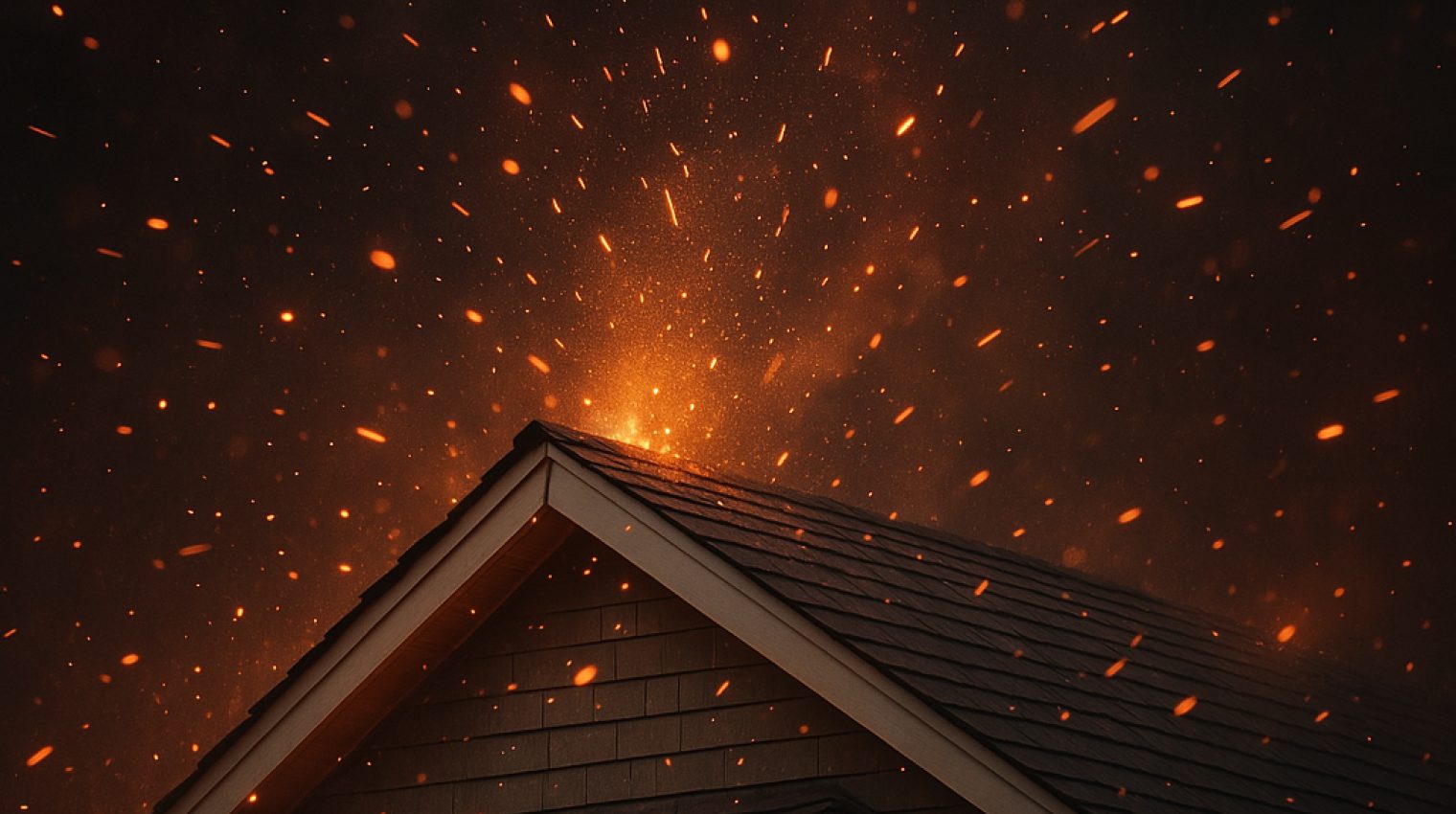Fire Hardening Your Home: What does it mean and why is it important?
04.15.2025


The Benefits of Fire Hardening Your Home: Meeting California’s New Insurance Demands
As wildfires become a year-round threat in California, fire hardening your home is no longer just a best practice—it’s increasingly a requirement for maintaining homeowners insurance. Insurance carriers are tightening their standards, and new state regulations are on the horizon, making it essential for homeowners to invest in proven fire-resistant strategies. Here’s what you need to know about fire hardening, the latest insurance requirements, and how your design-build choices can make all the difference.
Why Fire Hardening Matters
- Increased Protection: Homes with fire-resistant features are significantly less likely to ignite during a wildfire, especially from wind-blown embers, which are responsible for up to 90% of home losses in wildfires.
- Insurance Compliance: Insurers are now requiring specific fire-hardening measures to maintain or renew coverage, and new state standards are being developed to further formalize these requirements.
- Cost Savings: Hardened homes may qualify for lower insurance premiums and are less likely to incur costly repairs after a fire.
- Peace of Mind: Knowing your home is prepared provides security for your family and community.
3 Key Fire Hardening Strategies
1. Non-Combustible Materials for your home’s exterior
- Siding: Replace combustible siding with non-combustible options like fiber cement, metal, or three-coat stucco. These materials are designed to resist ignition and can mimic the look of traditional wood without the risk.
- Decks & Gates: Use metal, composite, or other non-combustible materials for decks and gates. Avoid wood, which can ignite from embers or radiant heat. If you must use wood, ensure it is treated and maintain a clear zone underneath.
- Fencing: Avoid attaching combustible fences directly to your home. Opt for metal or masonry fencing, especially within 5 feet of the structure.
- Windows: Double paned windows, especially with at least one tempered pane of glass, reduce the home's exposure to ember intrusion caused by radiant heat shattering the glass windows.
- Roofing & Gutters: Class A roofing materials—such as metal, tile, and composition shingles—offer the highest level of fire resistance, protecting your home’s most vulnerable surface. When combined with gutter systems equipped with integrated leaf protection guards, you significantly reduce the risk of wind-blown embers igniting dry debris that can accumulate in your gutters. This powerful combination helps safeguard your roof and eaves from one of the most common wildfire ignition points
2. Ember-Resistant Venting
- Vents: Standard vents can allow embers to enter attics and crawl spaces. Install California State Fire Marshal-approved flame and ember-resistant vents with 1/16-inch to 1/8-inch non-combustible mesh. These specialized vents are now required in many high-risk areas and are a key insurance requirement.
- Eaves and Soffits: Enclose eaves and soffits with fire-resistant materials to prevent ember intrusion.
3. Defensible Space in Landscape Planning
- Zone 0 (0–5 feet): Keep this area clear of all combustibles. Use hardscape materials like gravel, pavers, or concrete, and avoid wood mulch or dense plantings.
- Zone 1 (5–30 feet): Maintain a “lean, clean, and green” landscape. Use fire-resistant plants, keep grass trimmed, and space shrubs and trees to prevent fire ladders.
- Zone 2 (30–100 feet): Reduce fuel by thinning vegetation and removing dead material. Create horizontal and vertical separation between plants and trees.
- Ongoing Maintenance: Regularly clear debris from roofs, gutters, decks, and around the home. Prune trees and remove branches within 10 feet of chimneys.
The Insurance Landscape: What’s Changing?
California’s insurance market is evolving rapidly. New legislation requires the Insurance Commissioner to develop and update wildfire community hardening standards, which will directly impact insurance eligibility and rates. Insurers are increasingly demanding proof of fire-hardening measures—especially in high-risk zones—before issuing or renewing policies.
Key Takeaways:
- Expect stricter documentation and inspections for fire-hardening features.
- Non-compliance may result in higher premiums or loss of coverage.
- Proactive upgrades can improve your insurability and protect your investment.
Building for the Future
As a design-build company, we’re committed to helping clients navigate these new requirements with smart, resilient solutions. By choosing non-combustible materials, installing ember-resistant vents, and designing defensible landscapes, you not only protect your home and family but also ensure compliance with evolving insurance standards.
Ready to fire harden your home? Contact us to discuss a custom plan that meets California’s latest requirements and gives you peace of mind for years to come.
Ready to Take the Next Step?
Whether you're updating an existing home or planning a new build, fire hardening isn't just a smart move—it’s essential for protecting what matters most.
At LEFF Design Build, we specialize in resilient design solutions that meet California’s evolving insurance standards while enhancing the beauty and value of your home.
Let’s create a custom fire-hardening plan that works for you.
Let's Talk